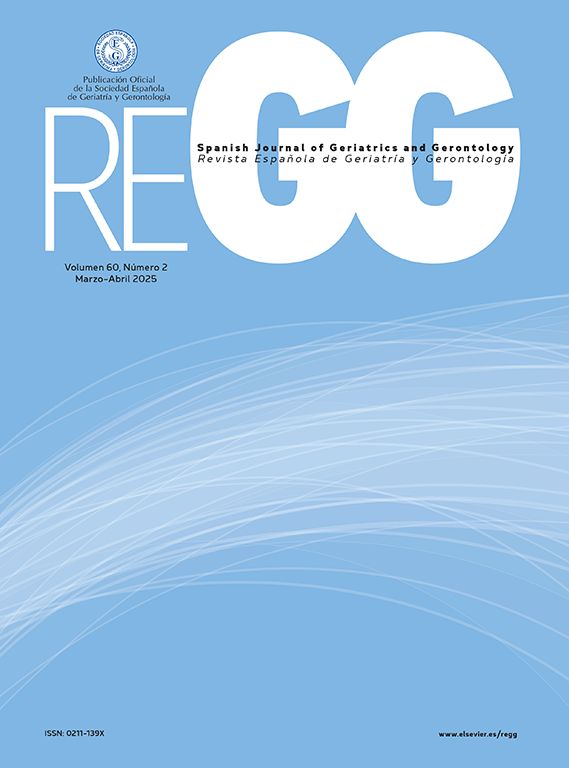Nuestro grupo ha estudiado el estrés oxidativo mitocondrial en machos y hembras para tratar de dilucidar los mecanismos moleculares por los cuales las hembras son más longevas que los machos. Las mitocondrias son la fuente principal generadora de radicales libres en las células. Las mitocondrias aisladas de ratas hembra producen aproximadamente la mitad de peróxidos en comparación con las mitocondrias aisladas de sus congéneres machos. Sin embargo, la ovariectomía de las ratas conduce a una producción de peróxidos comparable a la obtenida en los machos. La terapia sustitutiva con estrógenos previene el efecto causado por la ovariectomía. Además, los valores de glutatión son mayores en mitocondrias aisladas de ratas hembra en comparación con los valores obtenidos en los machos. Una vez más, la ovariectomía disminuye los valores de este antioxidante, y el reemplazo con estrógenos previene esta disminución. Todas estas diferencias se deben a una mayor expresión de las enzimas antioxidantes glutatión peroxidasa y Mn-superóxido dismutasa en las ratas hembra respecto a los machos. Las hembras se comportan como dobles transgénicos y sobreexpresan estas 2 enzimas antioxidantes, lo que les confiere una protección extra frente al estrés oxidativo asociado al envejecimiento.
Determinamos, también, la expresión de un marcador de envejecimiento relacionado, a su vez, con el estrés oxidativo, como la subunidad 16S del ARN ribosomal, y observamos que su expresión está disminuida en los machos; por tanto, con la misma edad cronológica es como si los machos tuvieran una mayor edad biológica.
En conclusión, hay datos experimentales que apoyan la existencia de una base biológica para las diferencias de longevidad halladas entre machos y hembras, y no sólo las diferencias sociológicas subyacen tras ellas.
To elucidate the molecular mechanisms enabling females to live longer than males, we investigated differences in mitochondrial oxidative stress between both sexes. Mitochondria are a major source of free radicals in cells. Those from female rats generate half the amount of peroxides than those from males. This does not occur in ovariectomized animals. Oestrogen replacement therapy prevents the effect of ovariectomy. Mitochondria from females have higher levels of reduced glutathione than those from males. Again, those from ovariectomized rats have similar levels to males, while oestrogen therapy prevents the fall in glutathione levels that occurs in ovariectomized animals. All these differences are due to greater expression of the antioxidant enzymes Mn-superoxide dismutase and glutathione peroxidase in females than in males. Females behave as double transgenics overexpressing superoxide dismutase and glutathione peroxidase, conferring protection against free radical mediated damage in ageing. We also determined 16S rRNA expression, a marker of ageing associated with oxidative stress, and found that it was higher in mitochondria from females than in those from males of the same chronological age. Thus, it is as if males have a greater biological age than females of the same chronological age. In conclusion, experimental data support the existence of a biological basis for the differences in longevity found between males and females. These differences cannot entirely be explained by sociological factors.






